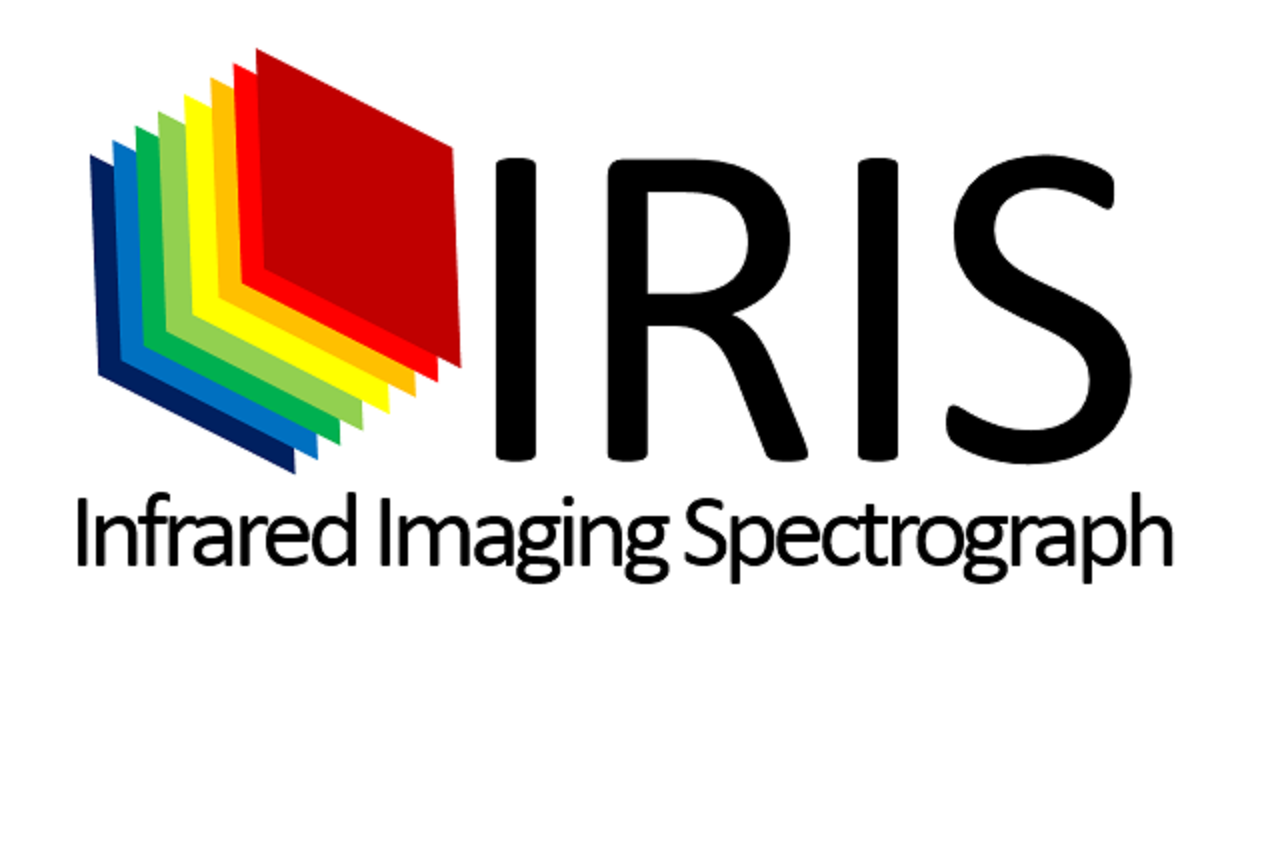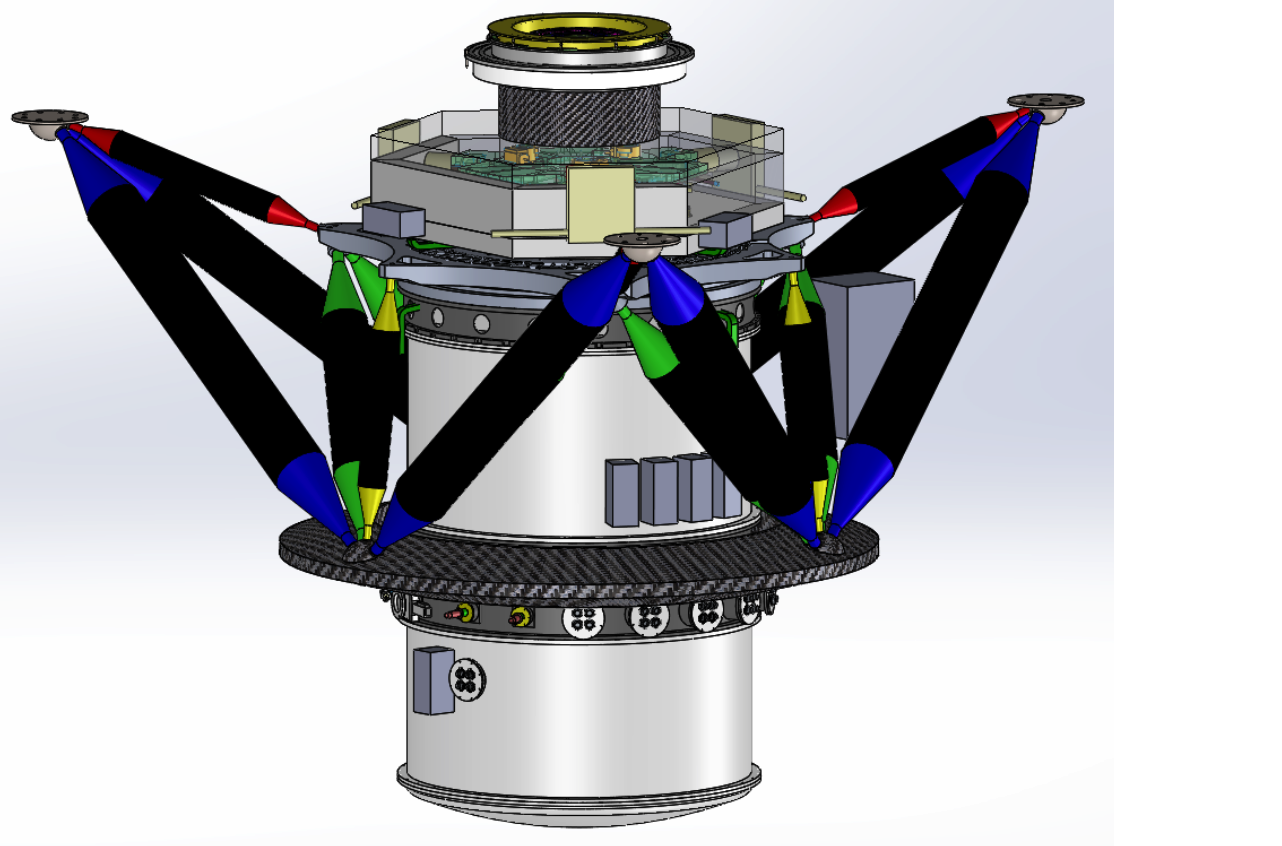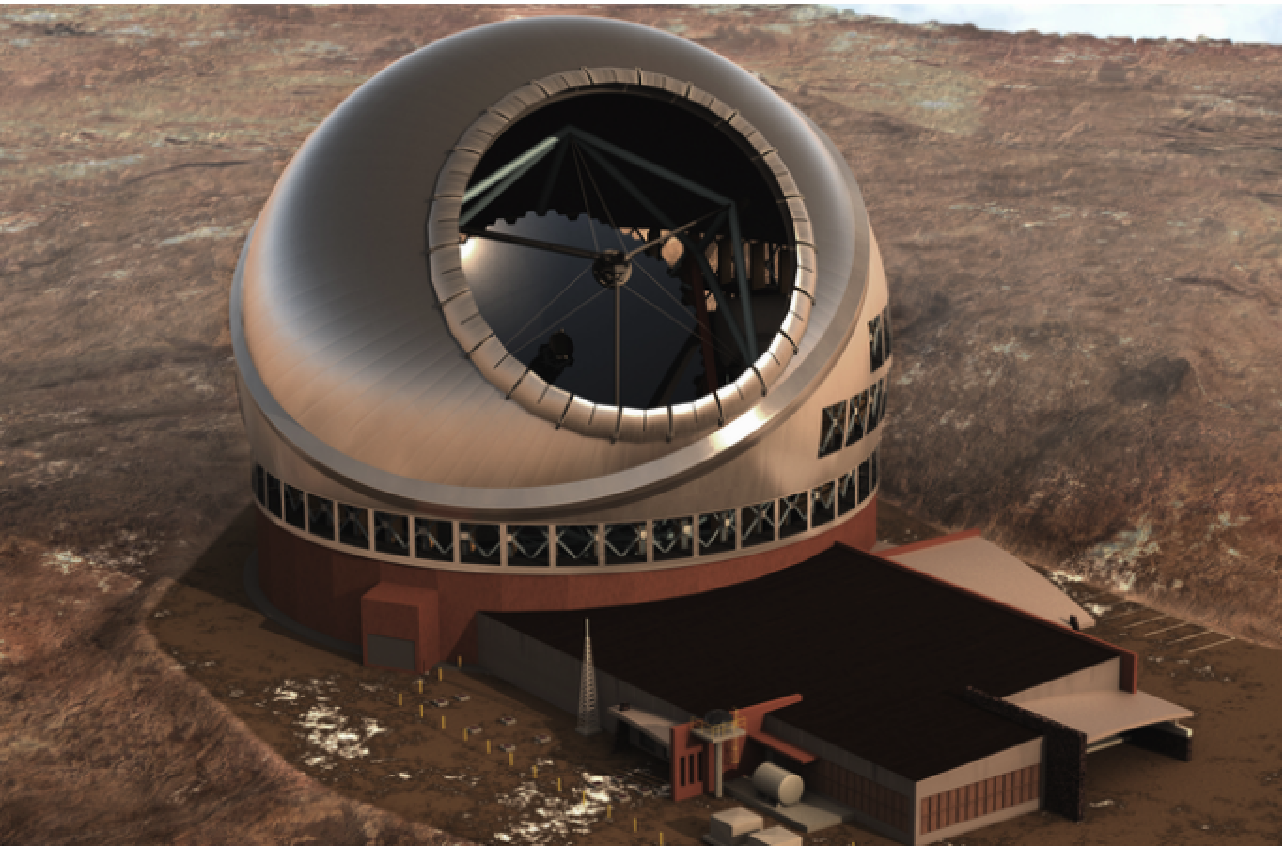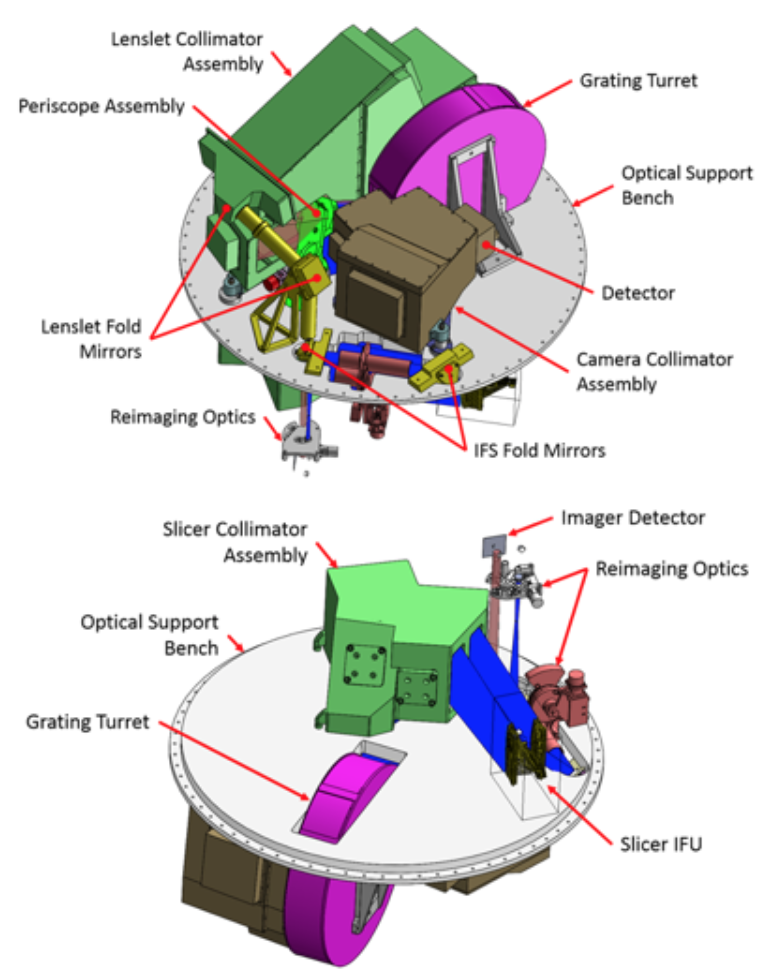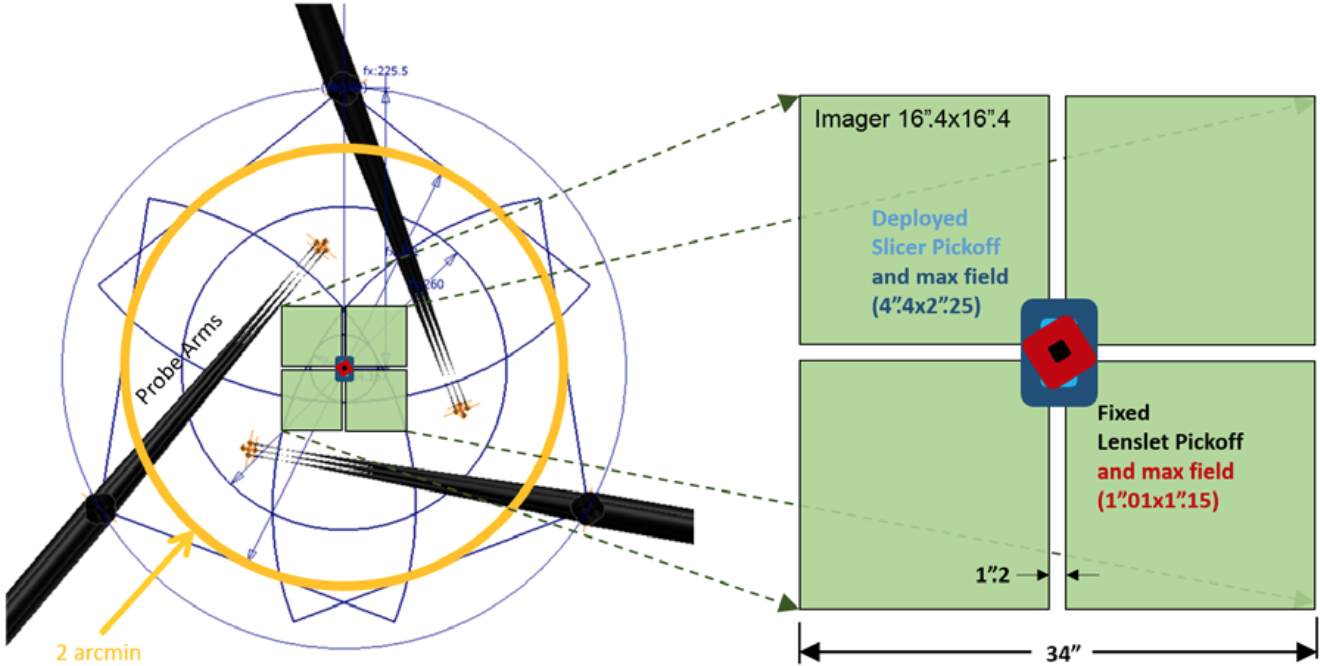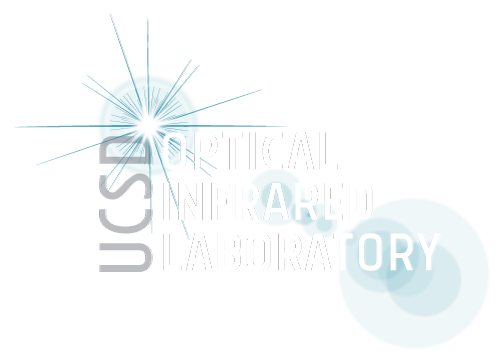| Overview | Science Cases | Simulations | Filters/Gratings | Team | IRIS ETC |
Project Description
IRIS is a first generation near-infrared (0.84-2.4 μm) instrument being designed to sample the diffraction limit of the Thirty Meter Telescope (TMT). IRIS will include an integral field spectrograph (R = 4000 - 10000) and imaging camera (34"x34"). Both the spectrograph and imager will take advantage of the high spatial resolution achieved with the Narrow-Field Infrared Adaptive Optics System ( NFIRAOS ) at four spatial scales (0.004", 0.009", 0.025", 0.05"). IRIS will achieve an angular resolution ten times better than images from the Hubble Space Telescope, and will be the highest angular resolution near-infrared instrument in the world.
| Capability mode | Spatial sampling (mas) | Field of View (arcsec) | Resolution (λ/dλ) | Min/Max wavelength (μm) | Bandpass |
|---|---|---|---|---|---|
| Imager | 4 mas | 34 x 34 | Set by filter | 0.84-2.4 | 37 filters Variety of bandpasses |
| Slicer IFS 88x45 Spaxels | 50 mas 25 mas | 4.4 x 2.25 2.2 x 1.125 | 4,000, 8,000 | 0.84-2.4 0.84-2.4 | 20%, 10% 20%, 10% |
| Slicer IFS 44x45 Spaxels | 50 mas 25 mas | 4.2 x 2.25 1.1 x 1.125 | 4,000 - 10,000 | 0.84-2.4 0.84-2.4 | 20%, 10%, H+K |
| Lenslet IFS 128x128 Spaxels | 9 mas 4 mas | 1.15 x 1.15 0.51 x 0.51 | 4,000 | 0.84-2.4 0.84-2.4 | 5% 5% |
| Lenslet IFS 16x128 Spaxels | 9 mas 4 mas | 0.144 x 1.15 0.064 x 0.51 | 4,000 - 10,000 | 0.84-2.4 0.84-2.4 | 20%, H+K 20%, H+K |
